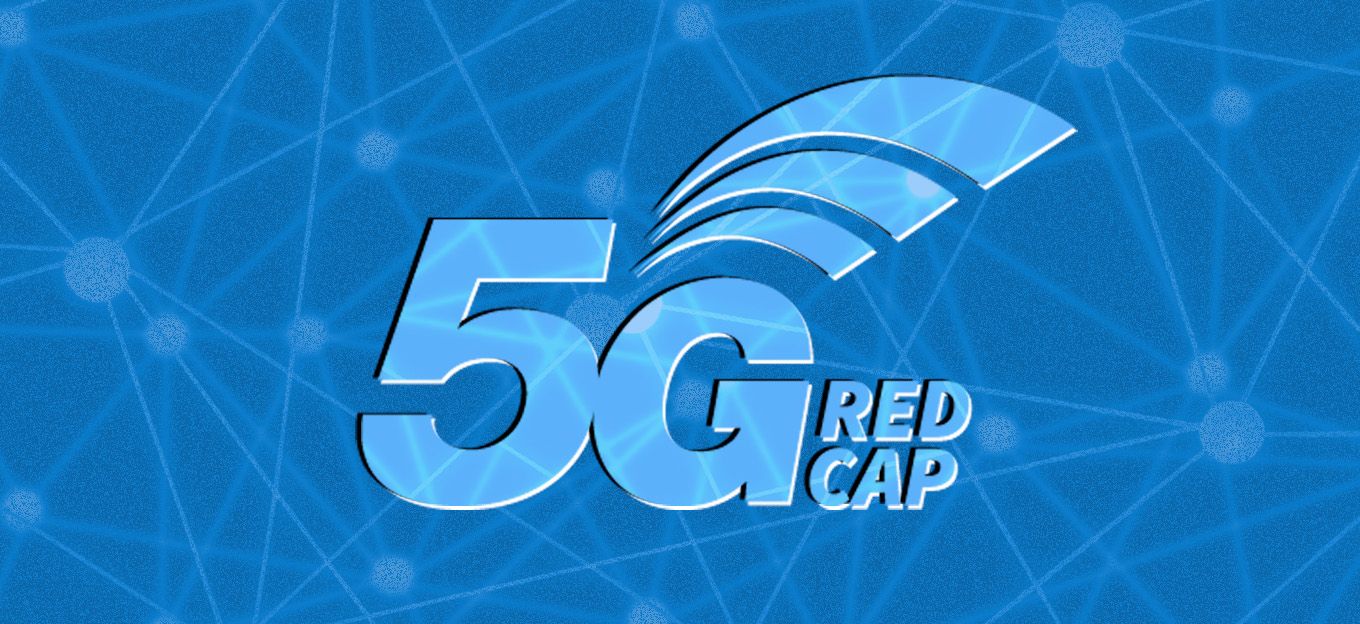The Compelling Benefits of LTE 450 for the Future of IoT
The Compelling Benefits of LTE 450 for the Future of IoT
- Last Updated: December 2, 2024
Quectel
- Last Updated: December 2, 2024



Even though LTE 450 networks have been available in many countries for years, interest has been reignited as the industry moves into the LTE and 5G era. 2G retirement and the arrival of narrowband IoT (NB-IoT) are some markets that are also driving the uptake of LTE 450.
The reason for this is that bands around 450MHz are well-suited to the demands of IoT devices and for critical applications ranging from smart grid and smart meter services to public safety applications. The 450MHz band supports CAT-M and narrowband-IoT (NB-IoT) technologies, and the physics of the band are ideal for large area coverage, which has enabled cellular providers to offer blanket coverage cost-effectively. Let's dive deeper into the benefits associated with LTE 450 and IoT.
'Bands around 450MHz are well-suited to the demands of IoT devices and for critical applications ranging from smart grid and smart meter services to public safety applications.' -Quectel
Benefits of LTE 450 and IoT
#1: Reduces Power Burden
Comprehensive coverage demands lower power consumption by IoT devices so they remain connected. The deeper penetration offered by LTE 450MHz means devices can easily connect to a network without energy-draining repeated attempts.
#2: Long Range
A key differentiator of the 450MHz band is its long range which delivers significantly increased coverage. Most commercial LTE bands are situated somewhere upwards of 1GHz, with 5G networks reaching as far as 39GHz. High frequencies deliver higher data rates, thus larger pieces of the spectrum are allocated to those bands, but these come at the cost of rapid signal attenuation, which requires dense base station networks.
The 450MHz band sits at the other end of the spectrum. A country the size of The Netherlands, for example, might require thousands of base stations to achieve full geographical coverage of commercial LTE. But the increased range of 450MHz signals would only require a few hundred base stations to achieve the same coverage. After a long time in the shadows, the 450MHz frequency range is now becoming the backbone to control and manage critical infrastructure such as transformers, transport nodes, and also smart meter gateways for supervision. 450 MHz networks are built as private networks protected by firewalls to the outside world, and this, by their nature, secures them from cyberattacks.
#3: Gateways
As the 450MHz spectrum is assigned to private operators, it will mainly serve the needs of critical infrastructure operators such as utilities and distribution network owners. The main uses here will be made by all kinds of routers and gateways to connect the network elements, as well as by smart meter gateways for critical measuring points.
The 400MHz range has been utilized for many years in public and private networks, predominately in Europe. For example, in Germany CDMA has been used, and in the Nordics, Brazil, and Indonesia, LTE has been used. The authorities in Germany have recently awarded the 450MHz spectrum to the energy sector. Legislation is making remote control of critical energy network elements mandatory. In Germany alone, millions of network elements are waiting to be connected, and the 450MHz spectrum is perfectly suited for this. Other countries will follow, deploying even more rapidly.
#4: Critical Communications
Critical communications, alongside critical infrastructure, is a growing market that is increasingly mandated by law as nations battle to improve their environmental footprints, secure their energy supplies and protect the safety of their citizens. Authorities need to be able to manage critical infrastructure, emergency responders need to coordinate their activities, and power utilities need to be able to control the electricity grid.
In addition, growth in smart city applications requires resilient networks to support large numbers of important applications. These are no longer just about emergence response. Critical communications networks are routine and continuously utilized infrastructure. This requires the attributes of LTE 450 in terms of low power demand, comprehensive coverage, and the throughput of LTE that supports audio and video streaming.
The capability of LTE 450 is well understood in Europe where the energy industry has successfully won privileged access to the 450MHz frequency band for low power wide area (LPWA) LTE communication in 3GPP Release 16 using voice communication, standard LTE, and LTE-M, and NB-IoT.
A Sleeping Giant
The 450MHz band has been a sleeping giant, set aside for utilization for critical communications during the 2G and 3G eras. Now, however, interest has re-ignited because the bands around 450MHz support LTE CAT-M and NB-IoT, making these ideal for IoT applications. As these rollouts continue, more IoT applications and use cases will be served by LTE 450 networks. With the infrastructure already familiar and often already in place, it presents an ideal network for critical communications today. It also aligns well with 5G for the future. This is what makes 450MHz such a compelling frequency to deploy networks and operate solutions on today.
The Most Comprehensive IoT Newsletter for Enterprises
Showcasing the highest-quality content, resources, news, and insights from the world of the Internet of Things. Subscribe to remain informed and up-to-date.
New Podcast Episode

IoT and AI in 2026
Related Articles





